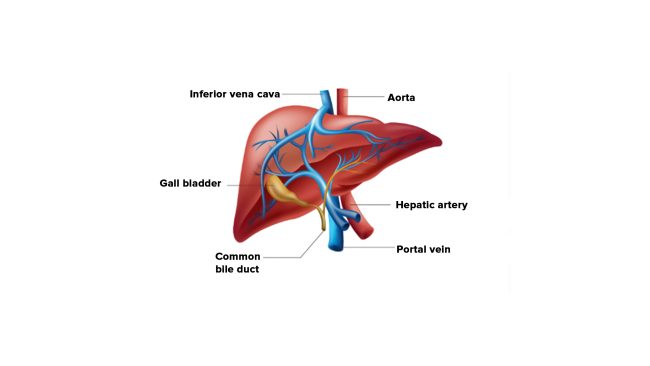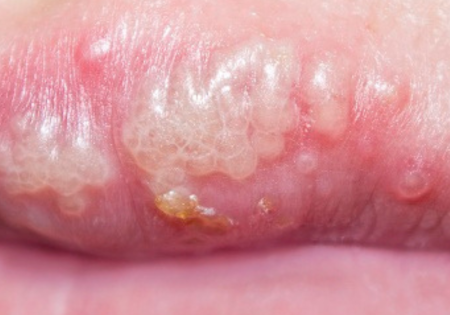The field of regenerative medicine has seen tremendous development made by scientists and researchers worldwide, marking an amazing leap forward in medical advancements.
A list of body parts that have the capacity to regenerate has been discovered recently, giving hope to those suffering from illnesses or injuries that were formerly thought to be permanent.
- Liver: The liver is renowned for its extraordinary ability to regenerate and can grow back to its pre-damaged size even after being partially removed or severely damaged. The primary cells of the liver, known as hepatocytes, are responsible for this ability.
- Skin: Skin can heal itself from wounds including burns, abrasions, and cuts thanks to its regenerative qualities. In order to heal wounds and rebuild tissue integrity, skin cells must migrate and proliferate.
- Bone: Bone regeneration can occur as a result of some types of fractures that set off the body’s natural healing processes. Specialized cells called osteoblasts are essential for repairing broken bone tissue.
- Fingertips: Particularly in young children, there have been instances where the ability to regenerate has been demonstrated. Usually, this process entails the development of a unique structure known as a blastema, which is made up of progenitor cells with the ability to differentiate into diverse cell types required for tissue regeneration.
- Antlers: Antlers are shed yearly by some animal species, like deer, and grow back during the next mating season. The multiplication of specialized cells known as osteoblasts and the activation of particular signaling pathways are two components of this amazing regeneration process.
- Heart: Recent studies have indicated the existence of cardiac stem cells and other regenerative mechanisms that may aid in the repair of damaged heart tissue, despite the adult mammalian heart’s limited ability for regeneration. However, research and discussion on the degree of human heart regeneration are still underway.
- Limbs of Axolotls: Axolotls are a kind of salamander that have the amazing capacity to regenerate all of the components of a leg, including the bones, muscles, nerves, and blood vessels. A regeneration blastema, which contains pluripotent stem cells with the ability to differentiate into new tissues, is formed throughout this regeneration process.
- Intestines: Intestinal stem cells proliferate and differentiate to continuously replenish the intestinal epithelium, or the lining of the intestines. The digestive system’s integrity and functionality depend on this regeneration ability.
All things considered, these illustrations show the wide variety of body parts that can regenerate following injury or amputation, providing information about the underlying cellular and molecular processes of regeneration. It is possible to develop new treatments to improve tissue repair and regeneration in a variety of clinical scenarios by conducting more research in the field of regenerative medicine.







